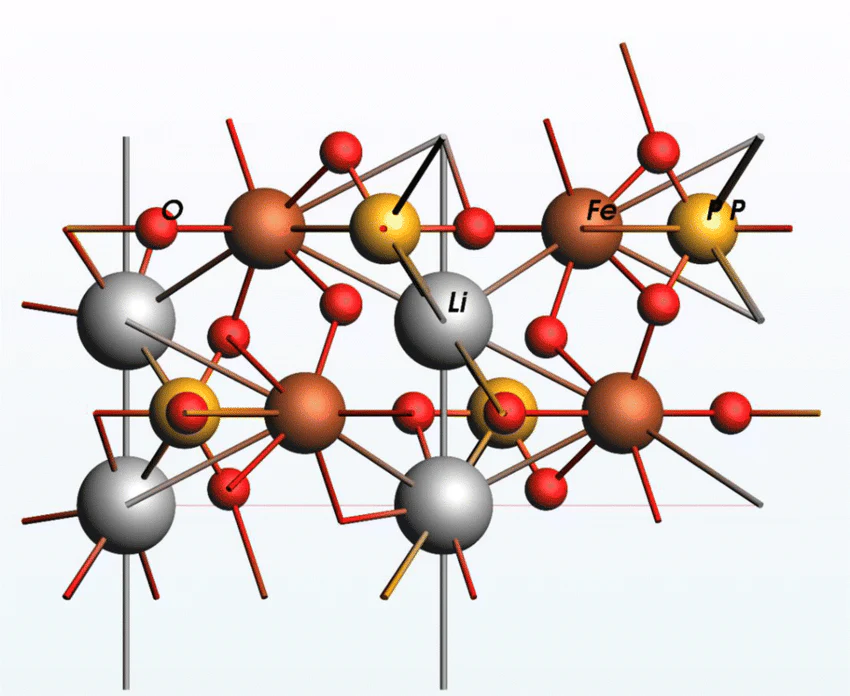Are all lithium-ion batteries prone to explosion?
Have you heard about lithium battery explosions?
Have you ever hesitated to upgrade or replace your lithium battery because you heard that “lithium batteries are prone to explosion”?
So, are all lithium batteries prone to explosion?
The answer is: No!

Rayne Zhou
Account Manager
Customer Service | Launching Battery Marketing Project Management | Regular Content Updates| Search Engine Optimization
The risk of lithium-ion battery explosions is very low, with the industry estimating a failure rate of approximately one in a million. Lithium iron phosphate (LFP) batteries, due to their unique chemical properties, offer higher thermal stability compared to ternary lithium batteries (NCM/NCA), making LFP batteries a safer option. ENOV batteries are LFP batteries.
This blog post will analyze the causes of lithium-ion battery explosions and discuss measures that can be taken to minimize the risk of such incidents.
Causes of lithium-ion battery explosions and preventive measures:
1. Manufacturing defects: Problems during the manufacturing process can lead to battery failure.
Measures: Purchase from reputable sources-Purchase batteries from well-known manufacturers and retailers to ensure quality and safety. For example, ENOVbattery.
2. Physical damage: Impact, puncture, or dropping may damage the battery and may cause short circuits or other problems.
Extreme temperatures: Exposure to high temperatures, whether from external sources or internal overheating, can cause the battery to become unstable.
Measures: Proper handling and storage: Avoid dropping, puncturing the battery, or exposing it to extreme temperatures.
3. Overcharging: Charging beyond the battery’s capacity can also lead to dangerous situations.
Measures: Follow charging instructions: Use the charger provided with the device and avoid overcharging.
4. Age and usage: Older batteries or those used frequently are more prone to failure.
Measures: Regular inspection-Check for any signs of damage or abnormal behavior, such as swelling, overheating, or unusual odors.
5. Chemical composition: The battery’s chemical composition is ternary lithium, which has poor thermal stability.
Measures: Choose ENOV’s lithium iron phosphate batteries.
The high thermal stability of lithium iron phosphate batteries is essentially the result of the combined effects of strong chemical bonds (P-O covalent bonds) and structural rigidity (olivine framework).
High bond energy blocks oxygen release: P-O bonds eliminate the source of oxidants at the source, preventing chain exothermic reactions.
Structural stability inhibits phase transitions: no lattice reconstruction at high temperatures, and high energy barriers for side reactions.
Low-reactivity byproducts: Iron ions are highly inert, and the electrolyte compatibility is superior to that of ternary systems.
1. Lithium-iron-phosphate batteries offer higher thermal stability.
Lithium iron phosphate batteries (LFP) exhibit higher thermal stability compared to ternary lithium batteries (NCM/NCA), primarily due to their unique chemical structure and material properties.
2. The key difference lies in the high bond energy of the P-O covalent bonds
The bond energy of the P-O covalent bond in lithium iron phosphate reaches approximately 200 kJ/mol, making it extremely difficult to break at high temperatures. Even at 600°C, it remains structurally stable.
In ternary materials (such as NCM811), the transition metals (Ni, Co, Mn) form coordination bonds with oxygen ions, with bond energies ranging from 50–100 kJ/mol. These bonds are prone to breaking at high temperatures, releasing oxygen.
In ternary materials, oxygen atoms in the layered structure tend to detach from the crystal lattice at temperatures between 150–300°C, releasing active oxygen (O₂). The released oxygen undergoes vigorous oxidation reactions with the electrolyte (e.g., LiPF₆/organic solvent), releasing a large amount of heat and triggering chain reactions that lead to thermal runaway and battery explosions.
3. Lithium iron phosphate has an ordered olivine-type structure.
The olivine structure of lithium iron phosphate does not release active oxygen, thereby eliminating exothermic oxidation reactions at the source. The olivine-type structure of lithium iron phosphate is structurally rigid. FeO₆ octahedra and PO₄ tetrahedra are connected by strong covalent bonds, forming a three-dimensional framework that is resistant to collapse at high temperatures. Lithium ions are located in one-dimensional channels, and the structural volume change during charging and discharging is only 6.8%, significantly lower than that of ternary materials (>10%), reducing the accumulation of internal stress.
The thermal decomposition pathway of lithium iron phosphate requires the breaking of P-O bonds first, with a direct decomposition temperature >500°C; whereas ternary materials undergo a phase transition at 200°C (layered → spinel → rock salt phase), accompanied by oxygen release.
4. Side reaction inhibition and electrolyte compatibility
Lithium iron phosphate has a low iron dissolution rate at high temperatures. Even if dissolution occurs, Fe²⁺ has weak oxidizing properties and is unlikely to trigger side reactions. In contrast, Ni³⁺/Co³⁺ in ternary materials have strong oxidizing properties, accelerating electrolyte decomposition at high temperatures, producing gases (CO, CH₄), and thickening the SEI film, thereby increasing the risk of internal short circuits.
Regarding electrolyte side reactions, ternary batteries react with water to produce HF at high temperatures, which corrodes the electrodes and releases heat; lithium iron phosphate is not sensitive to such reactions.
Finally, a reminder:
“All batteries pose a risk of explosion. Choosing a reliable supplier and using batteries properly can greatly reduce the risk of explosion. If you have any questions about starting lithium batteries, please feel free to contact me!”
—— Rayne
Subscribe for Real-Time Industry Updates
Stay ahead with real-time, ad-free industry insights delivered straight to your inbox!


Rayne Zhou
Account Manager
Customer Service | Launching Battery Marketing Project Management | Regular Content Updates| Search Engine Optimization

.webp)